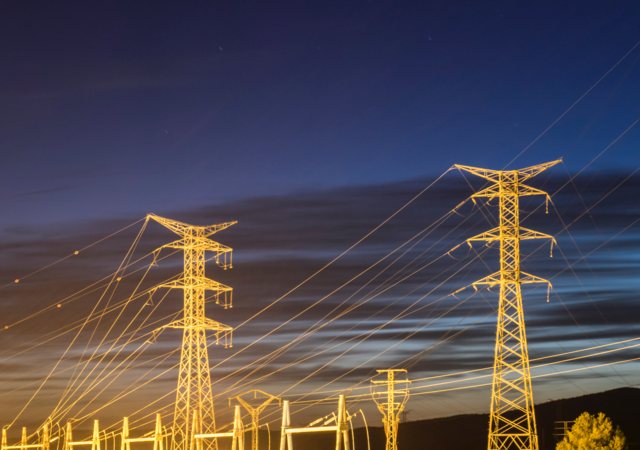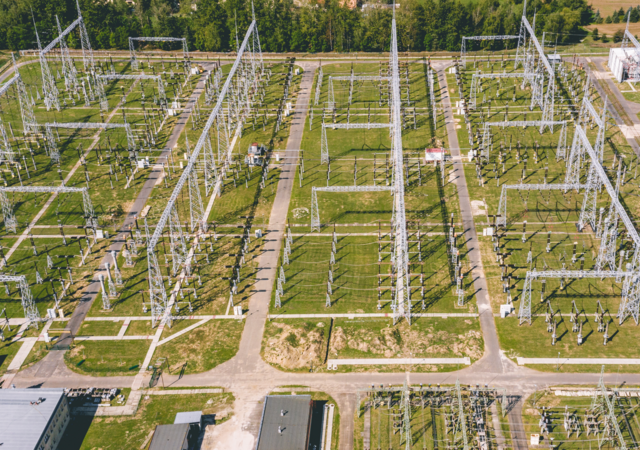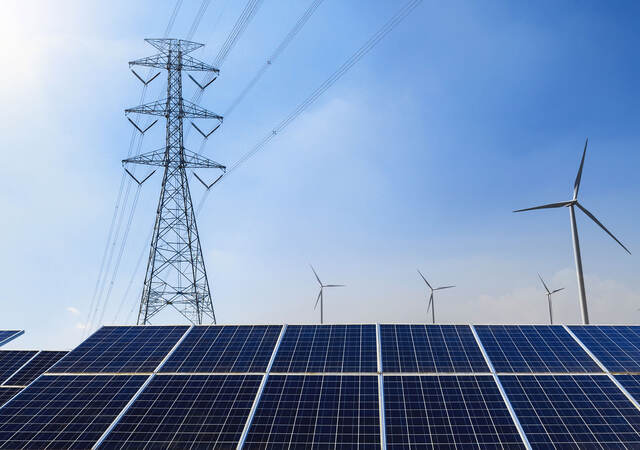Understanding the renewables market and energy resource potential
Developing good policies and effective plans for expanding renewable energy requires reliable and detailed information about resources, energy production potential, plant output characteristics, economic impact, and other factors. If you are responsible for putting policies or infrastructure in place to ensure a sound growth path and reliable energy delivery, we can provide the data and expert advice you need.
Understanding how much wind or solar energy your region might support, and at what cost, is often the first step to developing sound policies and strategies. Combining our resource maps and data with in-depth knowledge of renewable energy markets and technology, we can help you envision the future.
Our studies address such questions as:
- What is the technical, economic, and practical potential for wind and solar energy?
- How much will it cost to develop renewable energy compared to other resources?
- What are the most promising technology options for my region? What are the comparative advantages and disadvantages of large and small wind turbines, or centralized and distributed solar plants?
- Which policy options are likely to encourage sustainable growth in renewable energy supply?
Advanced grid integration studies for reliable and economical renewable energy operations
As renewable energy market penetration grows, understanding the impact of centralized or distributed solar and wind technologies on the power grid becomes increasingly important for ensuring reliable and economical operations. Having played a central role in many influential grid integration studies such as the Eastern Wind Integration and Transmission Study (EWITS) for NREL and the Oahu Wind Integration Study (OWIS), UL has the expertise and experience to help your organization address such issues as:
- The cost and reliability tradeoffs between building solar and wind plants close to the demand or farther away where the resource may be better.
- The impact of geographic diversity on the aggregate variability of solar and wind generation, as well as on the associated requirements for generating reserves, storage, and other services.
- The impact of variable wind and solar generation on reserve requirements at different time scales (from seconds to hours).
- A comparative assessment of the reliability and cost impacts of offshore and onshore wind projects.
- Transmission requirements to support high market penetration of wind and solar energy.
- The role and value of wind and solar forecasting.
We have the capability to carry out such studies ourselves. We also frequently team with leading power consultants.
Develop realistic scenarios for renewable energy policy planning
Policy planners and electric utilities often face grave uncertainty regarding the future of renewable energy. How much solar or wind energy could be built in a region? What are the most likely sites to be developed, and how much energy would they produce? We have helped many organizations, like the Electric Reliability Council of Texas (ERCOT) develop realistic build-out scenarios to answer these questions. The scenarios take into account resource quality and geographic distribution, transmission availability, land-use constraints, and policy mechanisms.
We can also provide the generation data to allow you to analyze and understand the effects of different scenarios on grid operation, fossil-fuel use, and cost. By combining our advanced models with actual production data, we can provide site-specific energy-generation profiles for existing, planned, and future projects. The synthesized data provide realistic representations of the seasonal and diurnal generation patterns, the variability of the resource and generation on time scales of seconds to years, and power ramp behavior.
Economic impact and development studies for renewable energy expansion
Economic impact studies focus on the effects of increased renewable generation on power grid operations and markets. Based on a range of build-out scenarios, we can analyze the financial and reliability impacts of significant amounts of solar and wind power to aid in future transmission planning. For each scenario, we will develop a generation expansion plan to determine how much conventional generation would be required and the total cost (operation and capital). From this analysis, optimal expansion plans balancing the investments and savings for various needs (renewable and conventional plants and transmission) can be identified.
Get connected with our sales team
Thanks for your interest in our products and services. Let's collect some information so we can connect you with the right person.





